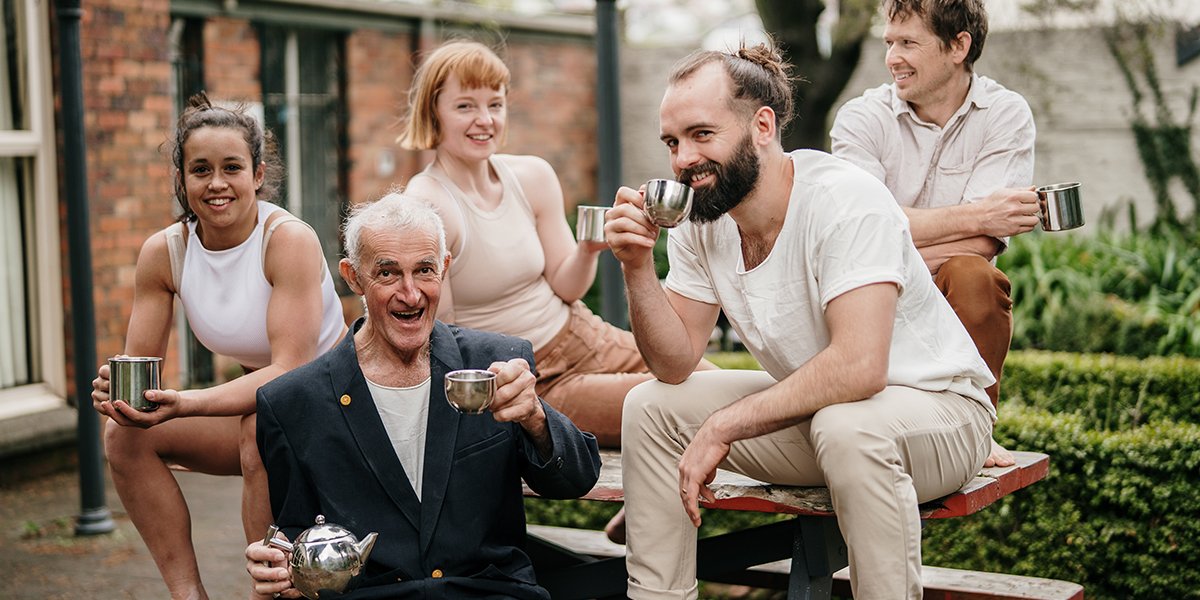Bella Laughton-Clark
"I think that’s what really makes the festival; that Tasmanian attitude, the Tassie hospitality. You might not even speak the same language, but we all have the same love and enthusiasm for wooden boats and hard work. It’s the language of wooden boat people."
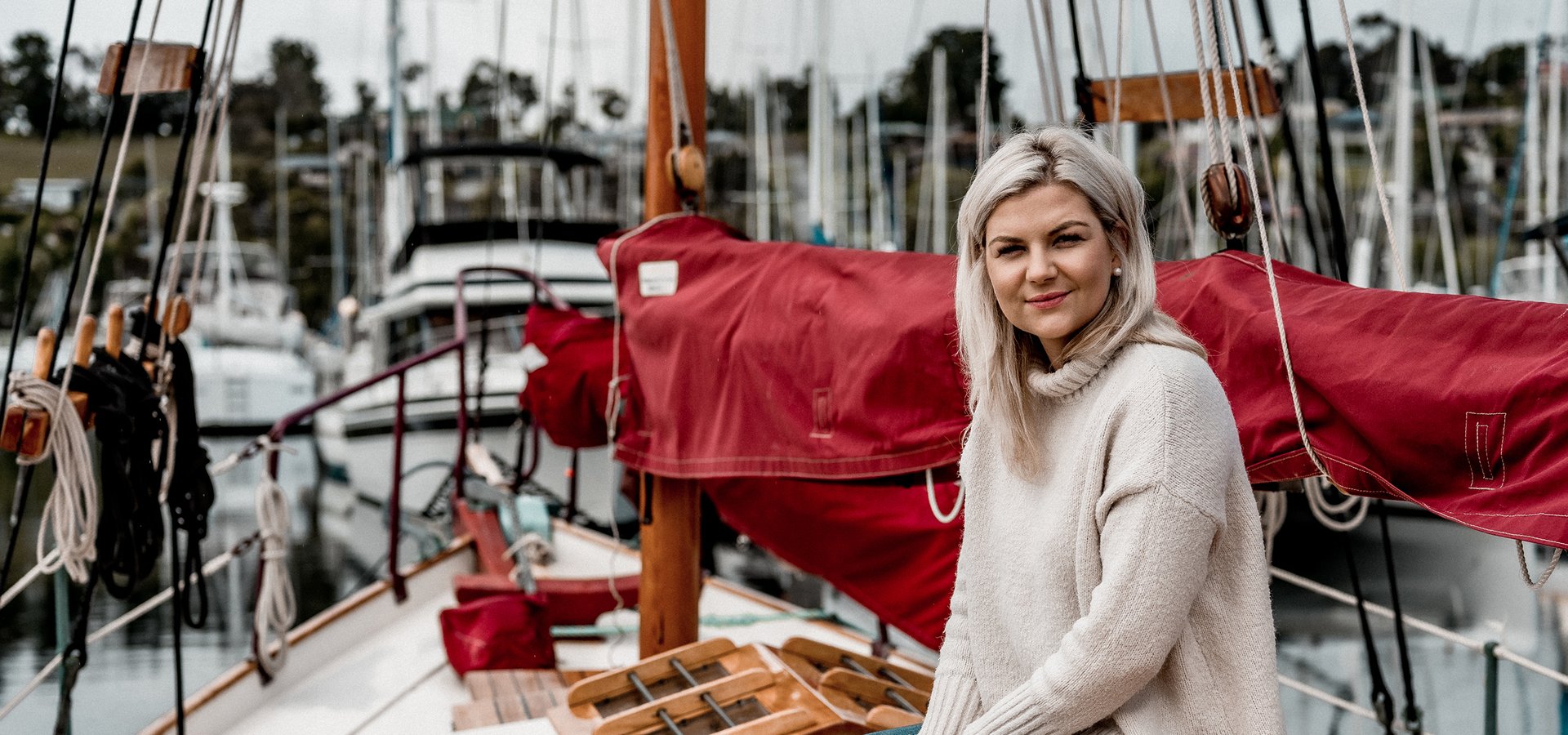
"I think boat enthusiasts in general are a different breed, and the wooden boat community specifically is, again, very different. You’re never satisfied. They’re a real labour of love."
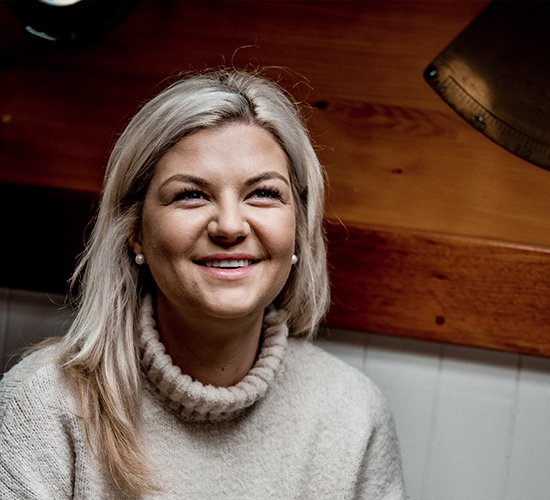
In 1994, on a warm, clear November day, 180 wooden boats gathered at Constitution Dock in Hobart for the very first time. They were brought together by three local boat-loving friends with a shared vision: to create the largest celebration of wooden boats and maritime culture in the southern hemisphere.
There is a photo, taken on that day of the inaugural Australian Wooden Boat Festival, of a man standing on a Tasmanian fishing vessel named Flying Cloud. In his arms he holds a baby — his daughter, four-week-old Bella Laughton-Clark. It was her first time on a boat, but it wouldn’t be her last.
“I was always one of those ‘marina kids’ hanging around the place,” says Bella now, sitting at the stern of her family boat Britannia. “I just don't feel right if I can't see the ocean.”
Tasmania’s maritime history spans thousands of years. Tasmanian Aboriginal people were the early boat builders; highly skilled navigators and adventurers with an intimate knowledge of Tasmania’s waterways. In the 19th century, more ships were being built in Tasmania than in the other Australian colonies combined, and today, the ocean is a quintessential part of many Tasmanian childhoods. A new generation of Tasmanians have grown up learning to sail together in wooden dinghies or tinnies, in our lakes and rivers, and on the Southern Ocean.
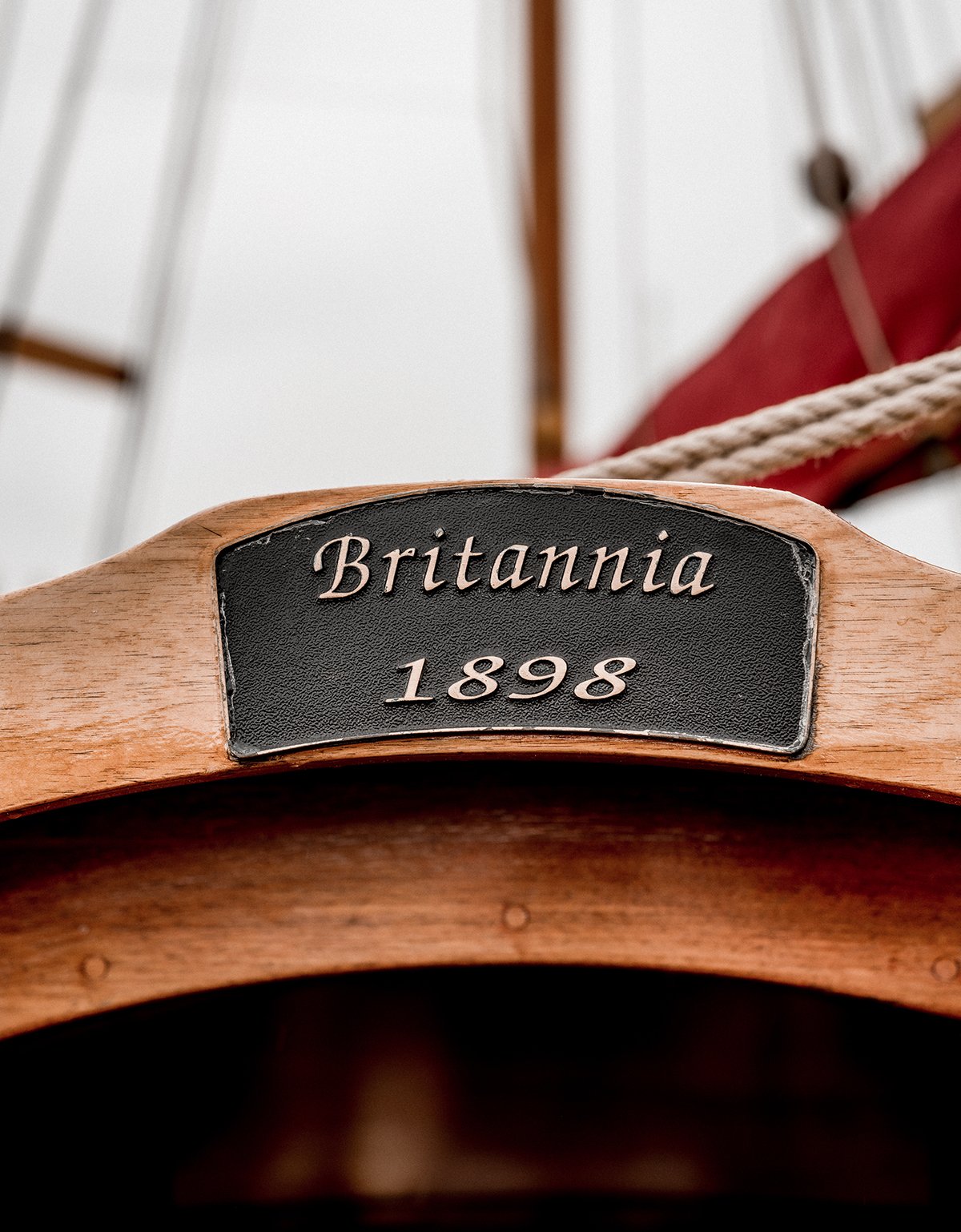
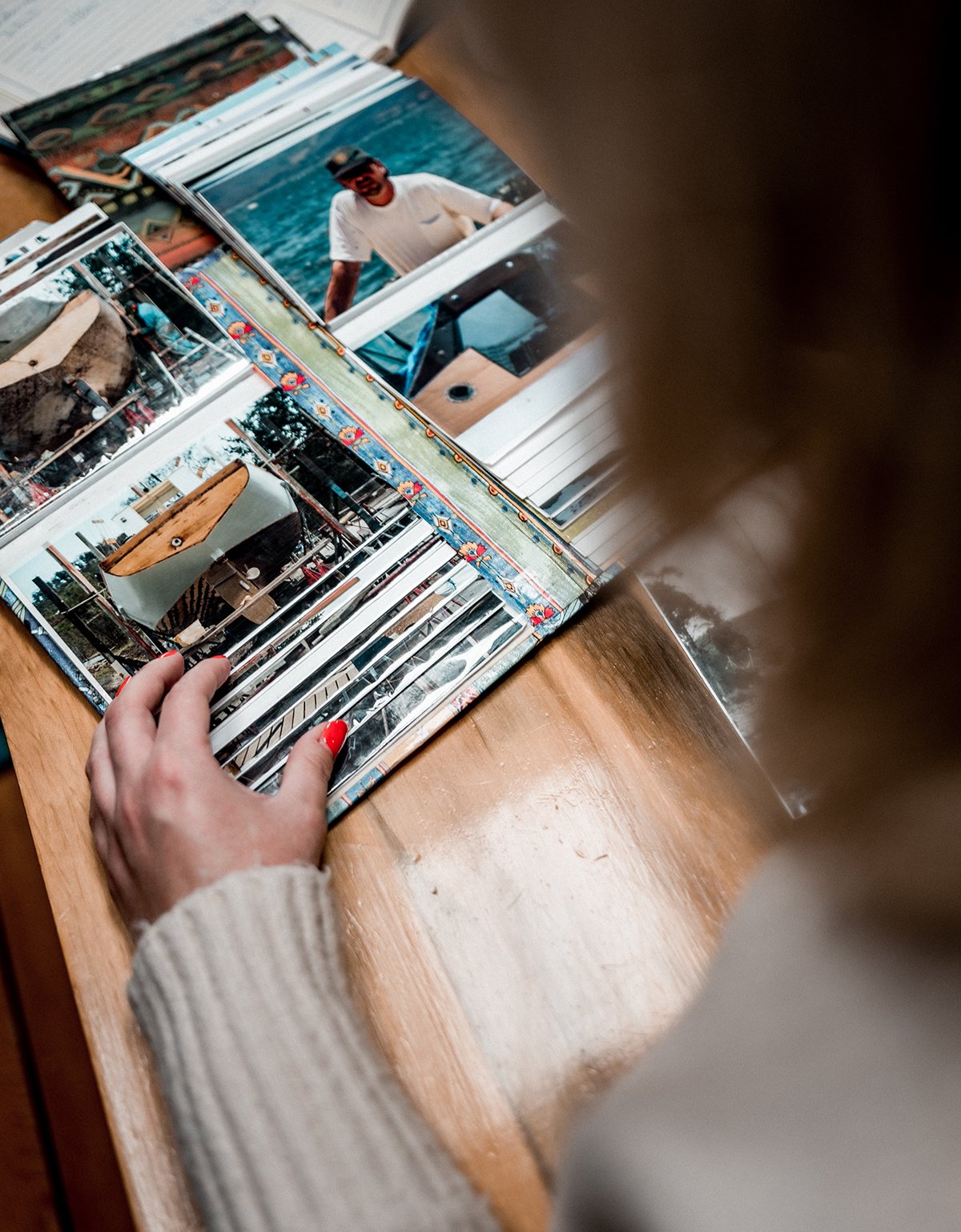
Built on Cape Barren Island in 1898, Britannia was originally commissioned as a transport vessel, travelling between the Furneaux Islands and mainland Tasmania. She was eventually bought by Bella’s great, great grandfather and used as a scallop dredging vessel in the D'Entrecasteaux Channel, passing to Bella’s mother in 2000. Britannia wasn’t fancy — with a bucket for a toilet, three basic bunks, and a butane burner for boiling water — but Bella loved her.
“It had very basic living quarters. We had no TV and we'd just play cards, go fishing. It's sort of romantic, with this old-world sort of vibe.”
Like many wooden boat owners, Britannia became a lifetime passion project for Bella’s family.
“I think boat enthusiasts in general are a different breed, and the wooden boat community specifically is, again, very different,” Bella admits. “We've all got the same sort of attitude and appreciation for the craftsmanship, and the hard work that goes into them. You’re never satisfied, there’s always something to fix and improve. They’re a real labour of love.”
Bella has been to every Australian Wooden Boat Festival since that first one in 1994. In 2013, she started volunteering at the event, helping to dock the boats coming in from around the world. She returned to volunteer again at the next festival in 2015, and eventually transitioned into a paid role in marketing and programming. In a world of older seafarers, Bella isn’t your stereotypical boat obsessive — and she’s determined to get a diverse, younger generation involved in the festival community.
Nearly thirty years since those 180 boats gathered on Constitution Dock, the festival now showcases over 500 wooden boats and attracts 120,000 people to the Hobart waterfront every two years. As a free community event, they rely on funding and generous volunteers to keep things running smoothly.
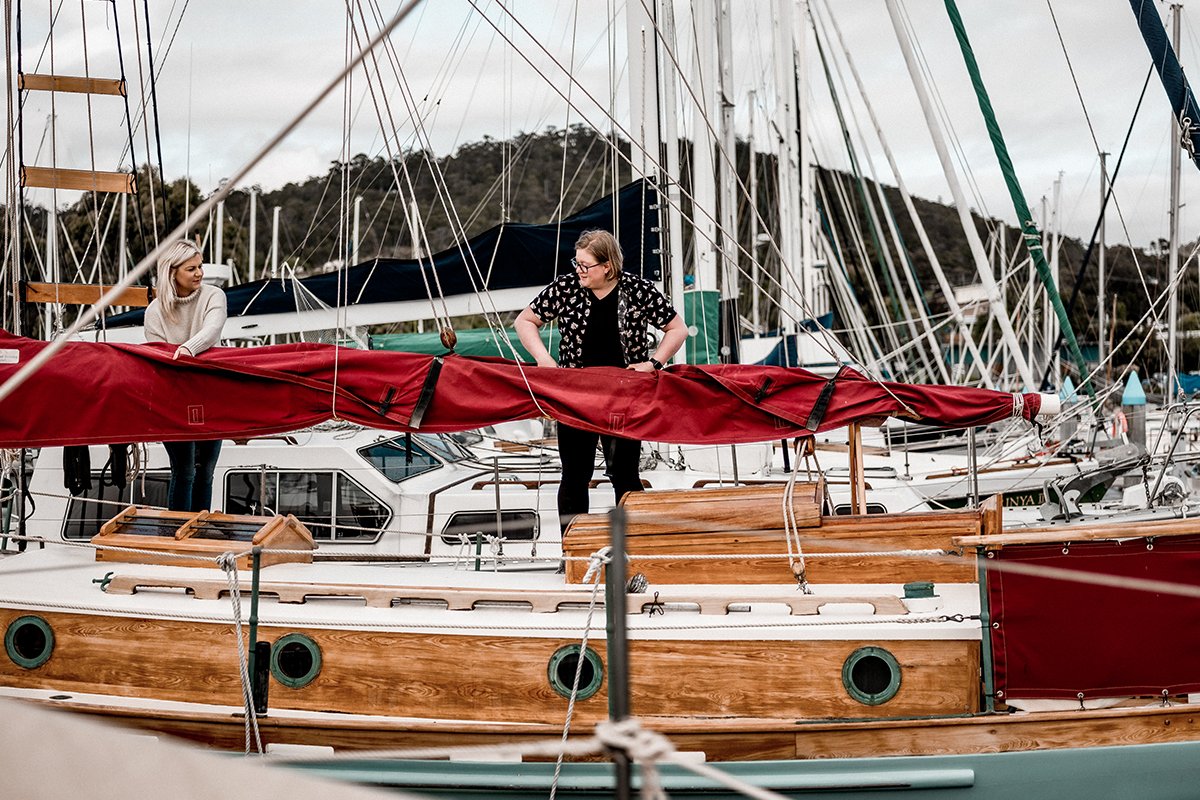
Alex Hadrill is part of the next generation of volunteers. She’s got two festivals under her belt, and is looking forward to her third.
“I started volunteering in 2017,” she says. “I was doing a Certificate IV in Tourism and Travel, and met the volunteer coordinator. She asked if I’d like to have a go, and I thought… why not? It's been the nicest place to volunteer. Everyone's so supportive of each other and relaxed. I love seeing what's behind the scenes and how it all works, and knowing that I'm a part of it. It’s a real community.”
“I think that’s what really makes the festival,” adds Bella. “That Tasmanian attitude, the Tassie hospitality. We’ve got so many different groups and associations involved, schools, Scouts. Alex might start in volunteering, but then she might end up working at the festival like I did. We try to get anyone who is interested — maybe later down the line, they might want to take on a paid component of the festival.”
After a hiatus in 2021 due to the COVID-19 pandemic, the Australian Wooden Boat Festival is finally ready to unfurl its sails and return to Constitution Dock for the first time in four years. Bella, Alex, and Britannia (now with a working toilet) will all be there to enjoy the culmination of two years’ planning.
“We’ve only got 310 berths, and I've got 40-something boats on the waitlist now,” says Bella. “Berthing them all is really nerve-wracking. But once they're all in there, it’s four days of pure happiness. With nearly half the visitation coming from interstate or overseas, that's a lot of different communities. You might not even speak the same language, but we all have the same love and enthusiasm for wooden boats and hard work. It’s the language of wooden boat people.”

We worked with southern Tasmanian photographer Andrew Wilson for this Tasmanian story.
Read about more Tasmanians
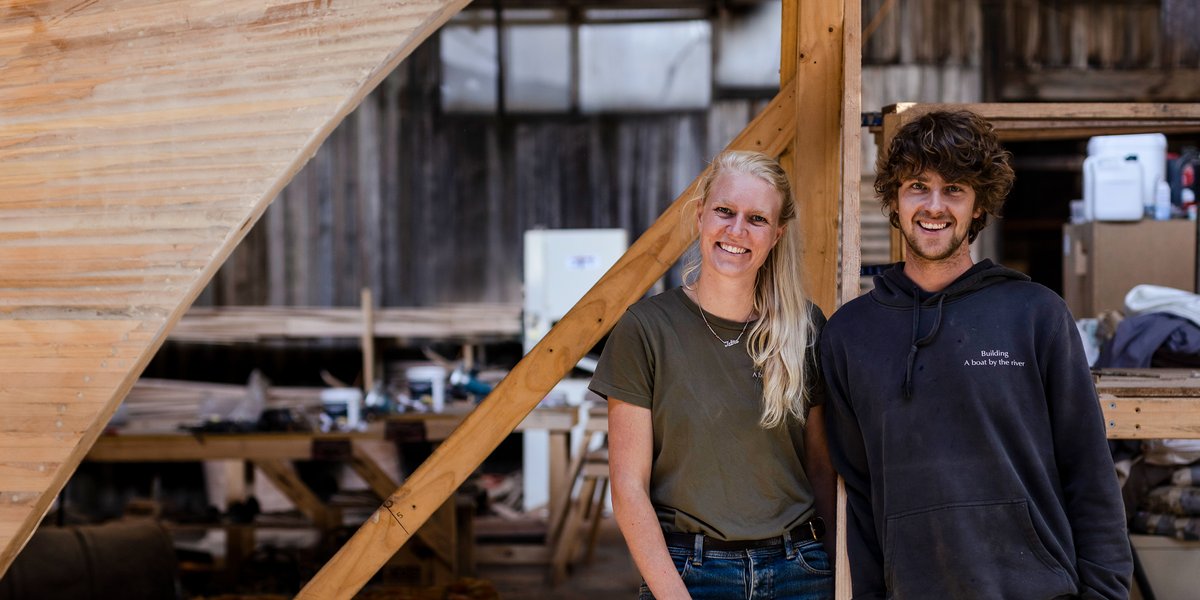
Matt & Iefke
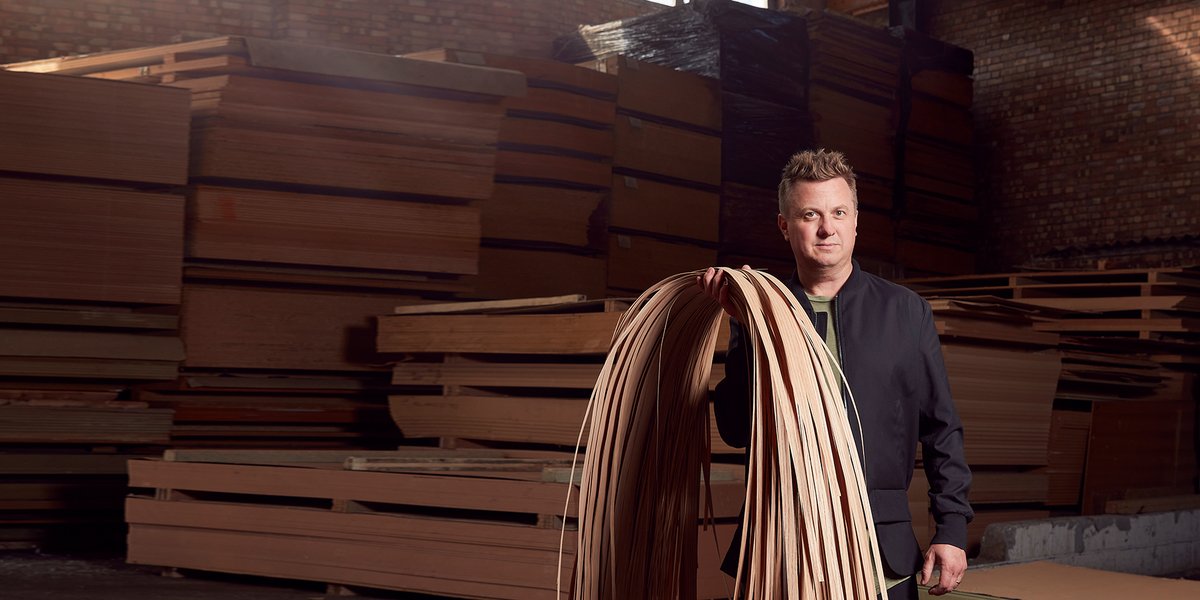
Brodie Neill
